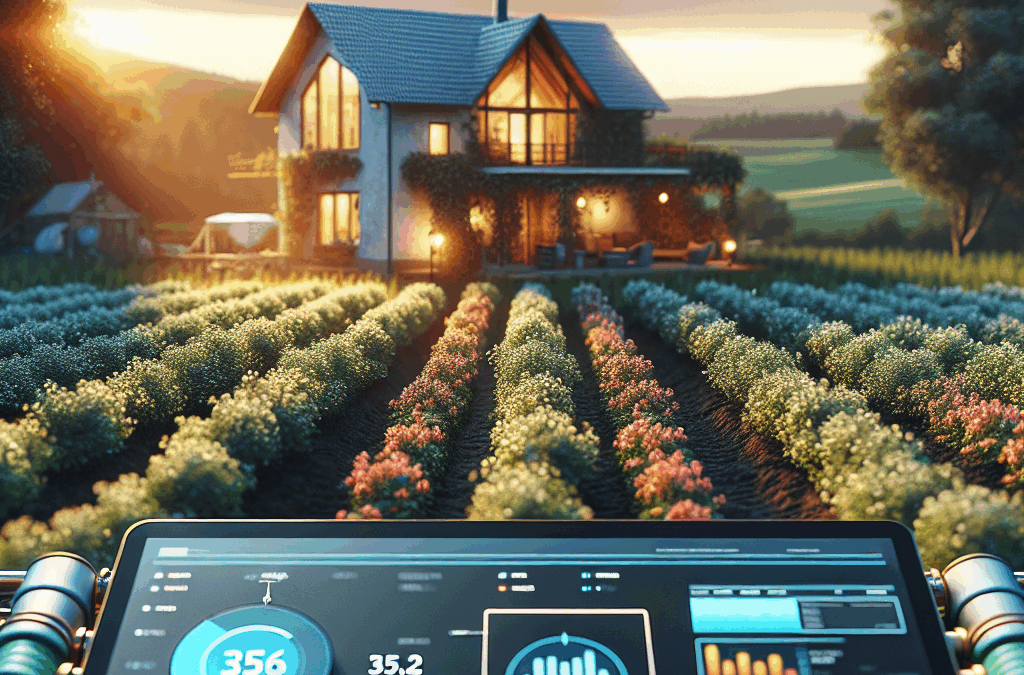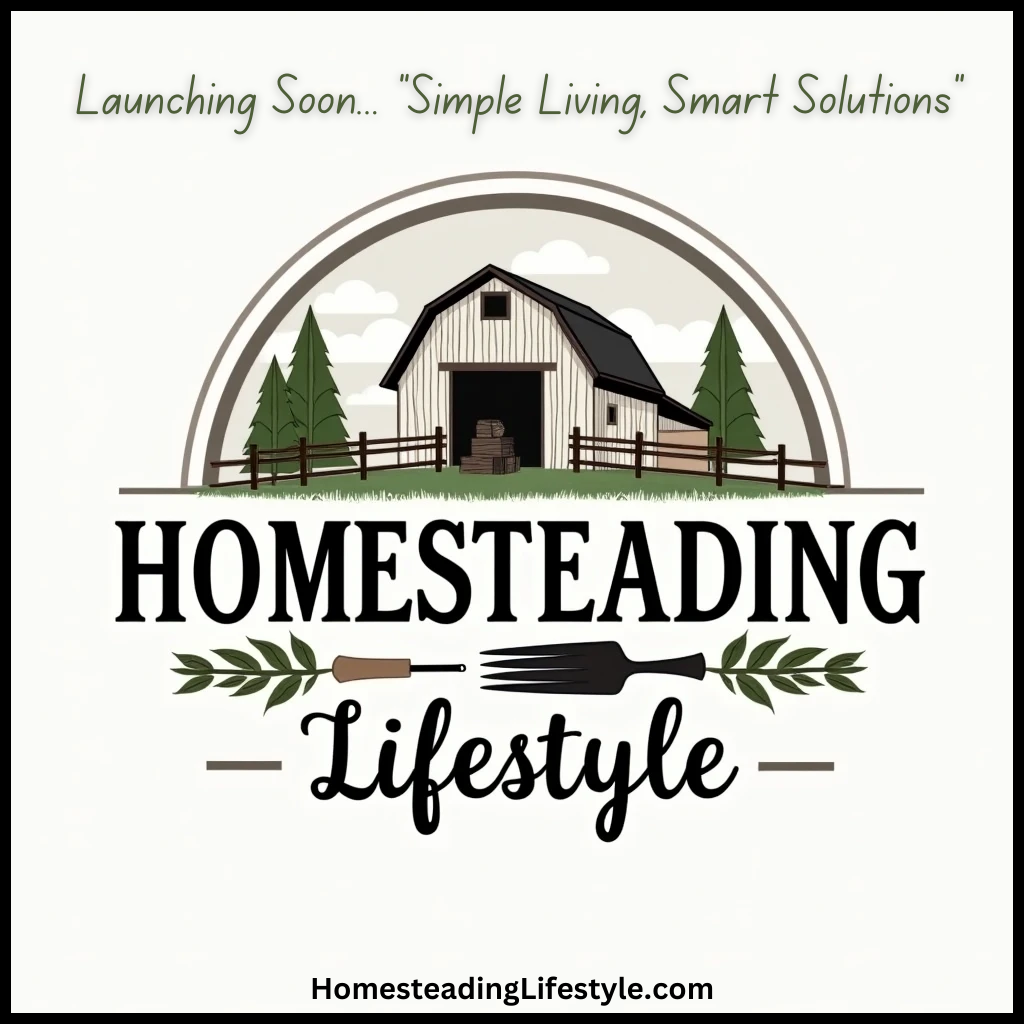Understanding Smart Water Systems
What are Smart Water Systems?
When I first stumbled upon the concept of smart water systems, I was blown away by how modern technology can be integrated into something as fundamental as water management. Essentially, these systems use automated technology to enhance the way we collect, store, and distribute water around our homes or gardens. Imagine my surprise when I learned that things I had been doing manually could now be done with a simple app on my phone!
Smart water systems are designed not only for convenience but also for conservation. They can help you reduce water waste, monitor usage, and even provide insights on how to improve the health of your plants. If you’re like me, every drop counts, especially when you’re trying to maintain an eco-friendly lifestyle while running a homestead.
These systems can encompass a range of devices from smart irrigation controllers to leak detection sensors. Today, let’s dive into how these systems can revolutionize your homestead.
Benefits of Smart Water Systems
The benefits of smart water systems are nothing short of impressive. First up, let’s chat about efficiency. These systems help me track every gallon used, ensuring that I don’t overwater my plants or waste water unnecessarily. That means healthier crops and lower bills — win-win! When I realized I could adjust my watering schedule based on the weather, it felt like I’d unlocked a cheat code for gardening.
Another huge benefit is the conservation of resources. Personally, I like knowing that I’m playing my part in reducing waste—especially when it comes to something as precious as water. With smart systems, I’ve noted a significant drop in my overall usage, which has not only helped the environment but has also helped my wallet!
Lastly, there’s peace of mind in knowing I can monitor everything remotely. Whether I’m out running errands or lounging on the couch, I can check on my water systems through my phone. This level of control has made managing my homestead a lot less stressful.
Getting Started
If you’re keen to dive into smart water systems, stepping into the world of tech can be daunting. The first step is to evaluate your homestead’s needs. Are you primarily focused on gardening, livestock, or both? Once you’ve pinpointed your focus areas, you can start deciding which smart technologies align best with those goals.
Next, do some research on products. I spent countless hours reading reviews, comparing prices, and talking to fellow homesteaders. The best decision I made was to join local farming groups on social media—a wealth of knowledge right at my fingertips! Your local community can assist in recommending products that work best in your climate and conditions.
Finally, don’t be afraid to experiment. I started small with a smart sprinkler system before moving on to more complex technology. It’s important to adapt to what suits your homestead, but the learning curve is part of the journey. Enjoy the process!
Implementing Smart Irrigation Solutions
Choosing the Right Irrigation System
When I first started researching smart irrigation systems, I felt like a kid in a candy store. There are just so many options! The first thing I did was identify where I’d need to water the most. Do you have a vegetable garden, flower beds, or maybe a greenhouse? Knowing what you want to water helps narrow down the choices. I went for a drip irrigation system because it seemed the most direct and efficient for my garden layout.
After choosing a system, consider how it integrates with smart home technology. I found it super helpful that my irrigation controller could connect to weather data and adjust automatically based on forecasts. No more guesswork for me!
Lastly, don’t overlook installation logistics. I was surprised at how simple it was to set up my system with a little help from online tutorials. If I can do it, you can too! Just follow the instructions closely, and you’ll have your irrigation rocking in no time.
Setting Up Automation
Setting up your irrigation automation is one of the most exciting parts! The process itself is fairly user-friendly nowadays, especially with all the tech advancements. I started by downloading the app related to my smart irrigation system and following the prompts. You’ll be amazed at how intuitive they are!
Next, you’ll want to schedule watering times and durations. I love being able to program everything in advance. My plants get watered early in the morning while I’m still sleeping, and I don’t have to worry about them drying out during the hot sunny days.
All of this automation takes some initial tweaking to get perfect. I recommend checking your settings periodically. I found that after a month of using mine, a small adjustment to the duration helped some of my plants thrive better. Always be ready to adapt!
Monitoring Performance
Once your smart irrigation is up and running, don’t just set it and forget it! Regularly monitoring performance is key. Most smart systems provide data on water usage, which makes it easy to see trends. I was shocked to see how much I was watering in the past compared to now—clear evidence of conservation!
Keeping an eye out for leaks or malfunctions is another critical task. The app I use alerts me when something’s off, which is a lifesaver. If ever I see a sudden spike in usage, I know to go check for leaks or other issues straight away.
Lastly, don’t hesitate to seek tips and advice from the community online. My favorite homesteading forum is filled with folks sharing their experiences. It’s a great way to learn how to adjust and improve my current setup!
Integrating Water Management with Smart Home Systems
Compatibility and Integration
As I began exploring smart water systems, I realized integrating them with my existing smart home setup was a game-changer. Ensure compatibility before purchasing your systems. For example, my smart irrigation controller seamlessly syncs with my home assistant, allowing for voice commands. That’s right; I can talk to my home and manage my water systems!
Also, make sure to consider the size of your homestead and the number of smart devices you plan to use. Some systems can handle multiple devices, whereas others are limited. I initially found out the hard way but learned that researching user experiences can save you a headache later on.
When everything is in sync, managing your homestead becomes smooth sailing. You’ll have all your water systems at your fingertips, making it that much easier to ensure everything runs like a well-oiled machine.
Using Water Data Effectively
Your smart water systems collect valuable data that you can leverage! Monitoring historical usage patterns has transformed how I plan for the seasons. I can see which months require more water, which will help in budgeting and planning for the year ahead.
Moreover, some systems allow you to set alerts based on certain criteria. I’ve set mine up to notify me when water usage exceeds my set averages. This proactive measure prevents overwatering, saving both resources and effort down the line.
Make sure to treat the data collected as a tool. It gives you a bird’s eye view of what’s working and what isn’t, and helps you make informed decisions as you evolve your homestead. Continuous improvement is the name of the game!
Enhancing Outdoor Living Spaces
One unexpected benefit I found when integrating smart water systems was the boost they gave to my outdoor living spaces. With automated watering, I’m no longer tethered to a hose, which means I can enjoy my patio and garden! It’s crazy how much more time I spend outside now.
Additionally, with beautifully maintained gardens and landscapes, we’ve upped our outdoor entertainment game. Friends and family love coming over to enjoy a barbecue, and they can’t believe how low-maintenance my water systems are. It’s a talking point for sure!
Outdoor aesthetics matter, and having well-watered plants contributes greatly to the overall appeal of your homestead. It sparks joy in daily life and creates an inviting atmosphere for guests. Being able to enjoy my efforts more has made all the difference.
Future-Proofing Your Water Systems
Embracing Upgrades
The journey doesn’t stop once you’ve initially set up your smart water systems. Just like technology, things improve and evolve over time. I’ve learned to keep an eye on new advancements in the smart home space. Whether it’s new sensors, app updates, or capabilities, there’s always something around the corner that can make life even easier.
Being proactive about upgrades means I’m set up for success down the road. For me, it’s worth exploring how new gadgets can fit my current setup. I’ve embraced early adoption and, while sometimes risky, it can be incredibly rewarding.
Plus, staying engaged with tech communities and online forums has kept me informed. Whether someone shares their latest find or I stumble upon a revolutionary tool, I want to ensure my systems are continually improving.
Planning for Seasonal Changes
As the seasons change, your water management plans should, too! With smart technologies, I can easily adjust my schedules based on the changing demands of my plants throughout different seasons. For example, I noticed a need for less watering in late fall, which helped prevent water stress.
It’s also wise to plan for extreme weather. I’ve set up my system to automatically check for upcoming storms, allowing adjustments before heavy rain. Preparing this way means I save on water use and ensure I’m not flooding my plants.
Be flexible and ready to modify your plans. Keeping my finger on the pulse of changing weather patterns empowers me to make better decisions for my garden and helps ensure I keep my homestead thriving all year round.
Long-Term Sustainability Practices
When people talk about sustainability, it’s easy to get lost in just the basics. But infusing sustainability into every aspect of our homestead, including smart water management, has had incredible ripple effects on my way of living. Have you noticed how much water conservation you save with these systems? I’ve seen firsthand how using these technologies allows me to reduce my footprint.
One of the critical aspects of long-term sustainability is education. By learning about different native plants and their water needs, I’ve transitioned my garden into something environmentally friendly and productive. It allows me to celebrate nature while integrating smart systems!
Lastly, fostering awareness within my community has become a passion of mine. Hosting workshops on integrating environmental practices and smart water systems not only educates but can inspire others to make similar shifts, contributing to a more significant impact over time.
FAQ
- What are some initial costs associated with smart water systems?
- The costs can vary greatly depending on the type of system you choose. Basic irrigation controllers can start around $100, while smart sensors might add to that. It’s essential to factor in installation, if needed, and look for options that fit your budget.
- Can smart water systems save me money?
- Absolutely! Many users report noticeable reductions in water bills after implementing smart systems due to better usage tracking and efficiency improvements.
- Are there any maintenance requirements for these systems?
- Yes, while smart water systems are designed to be low-maintenance, regular checks for leaks, system updates, and seasonal adjustments will help keep everything running smoothly.
- How can I learn more about selecting the right smart water system?
- Joining online forums, speaking with local experts, and researching consumer reports can aid in making informed decisions. Personal experiences shared by other homesteaders can also be a valuable resource.
- Is it possible to integrate these systems with other smart home devices?
- Absolutely! Many smart water systems are designed to be compatible with existing smart home technologies, making it easy to control everything from one central hub.





